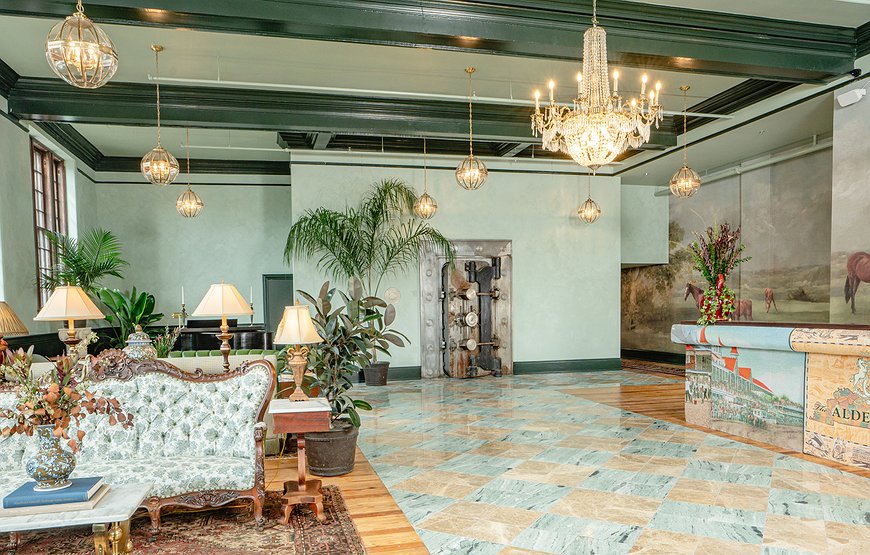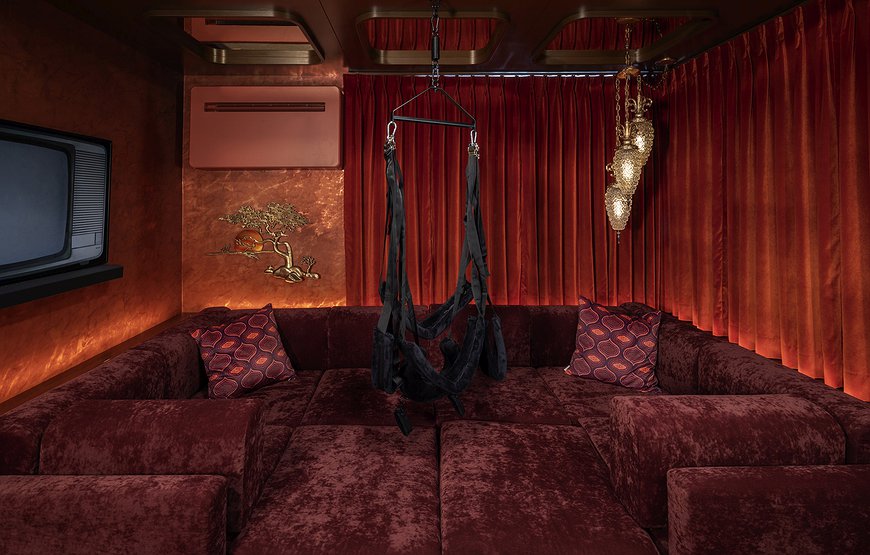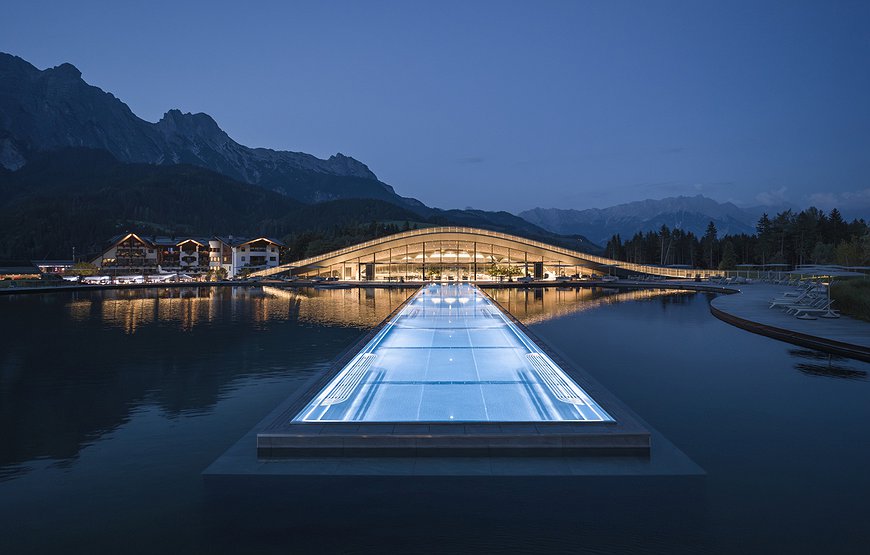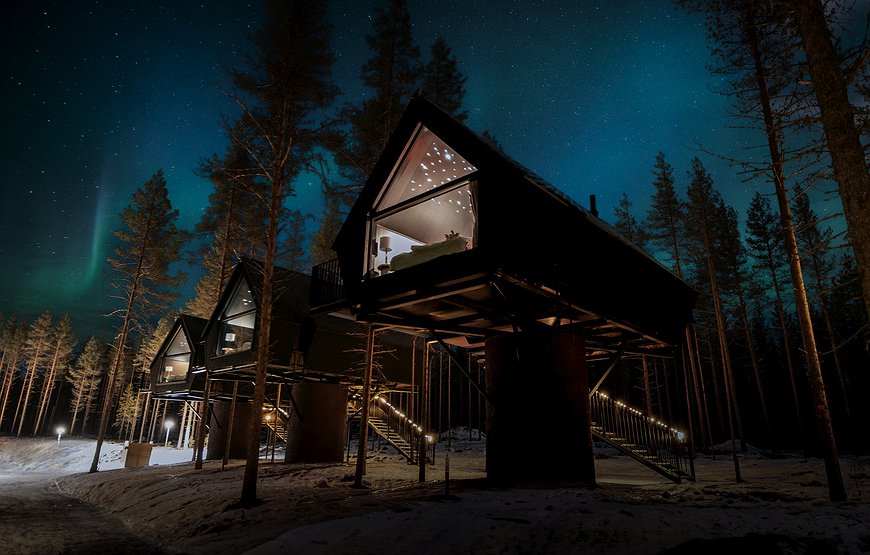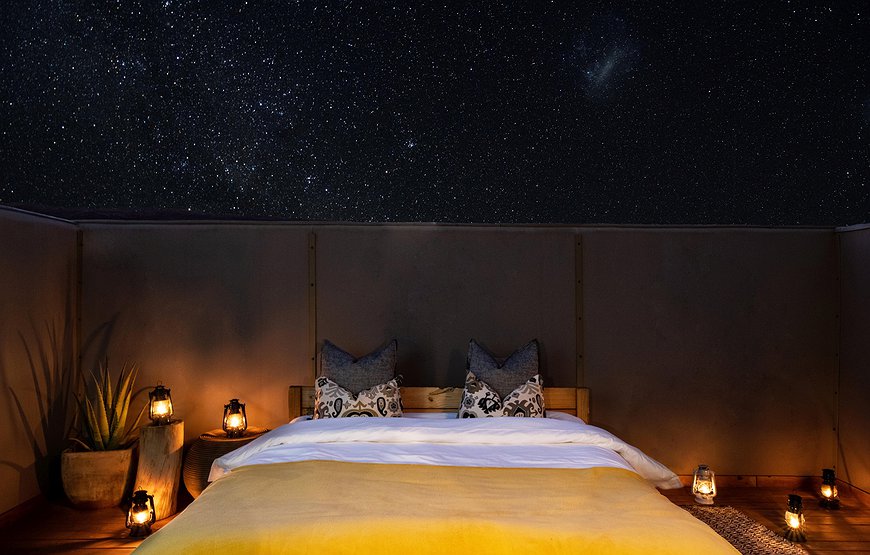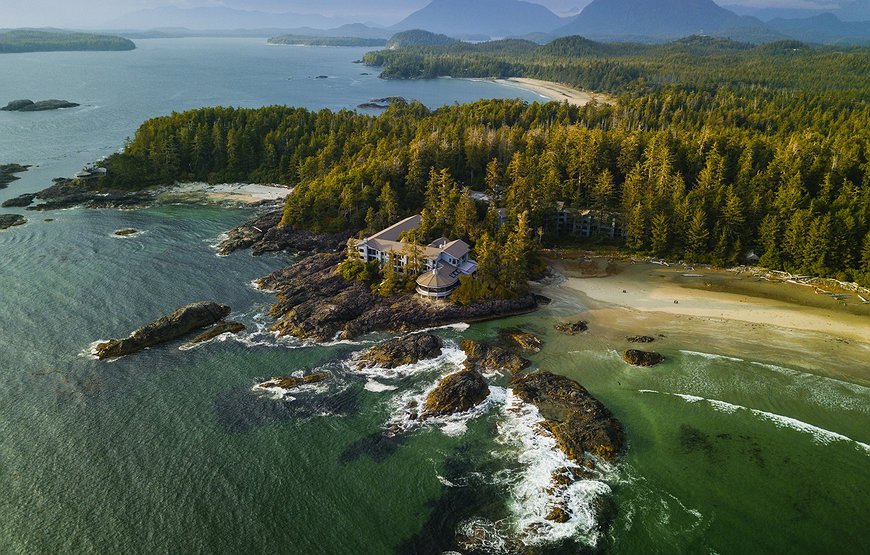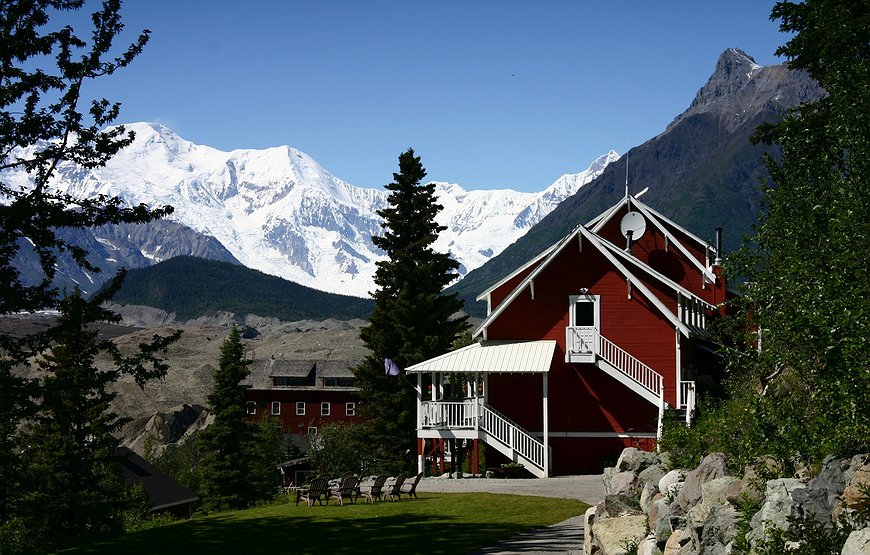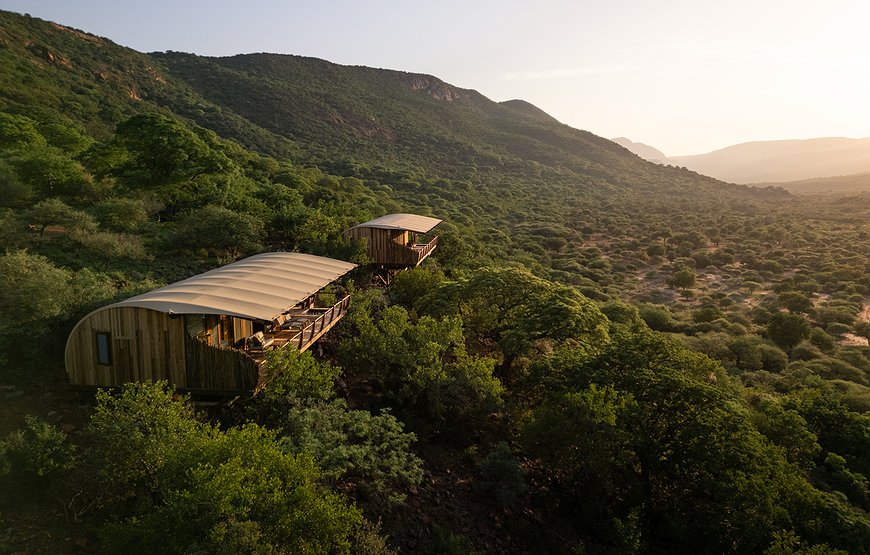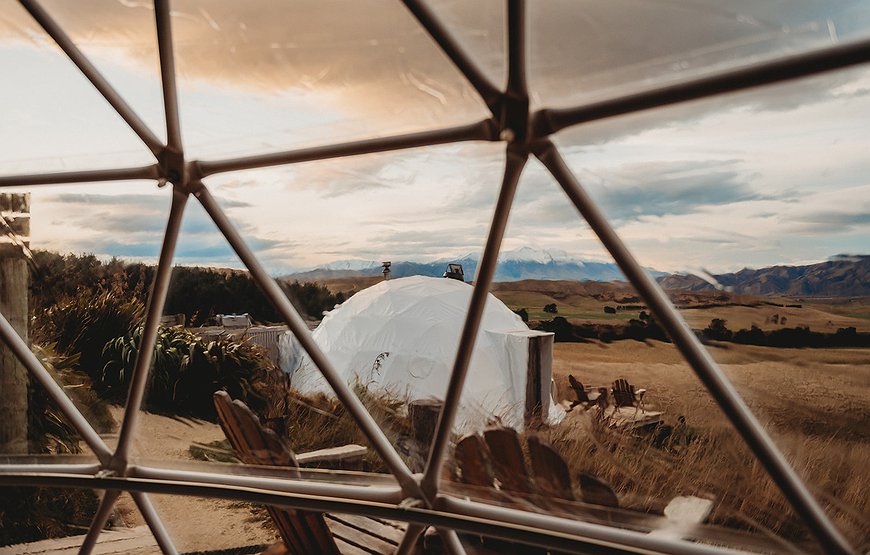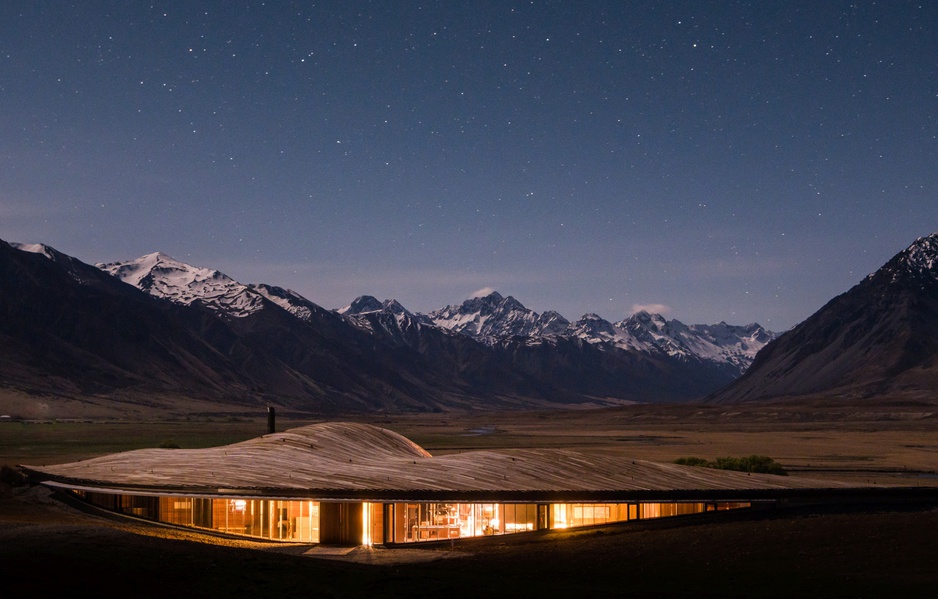
You won't see The Lindis until you're practically standing on it. That's exactly the point. This eight-room lodge sits so low and still in New Zealand's Ahuriri Valley that it might as well be part of the moraine itself – the geological rubble left behind when glaciers retreated 10,000 years ago. The undulating roof mimics the mountain ridges behind it, while floor-to-ceiling windows frame a landscape of tussock grasslands, beech forests, and the Ahuriri River, one of the world's top fly-fishing destinations. You're 6,000 acres deep into Ben Avon Station, a working sheep and cattle property where merino sheep and Angus bulls still graze. The closest neighbors? A few wandering stock and the occasional kea.
The Ahuriri Valley: Where Glaciers Left Their Mark
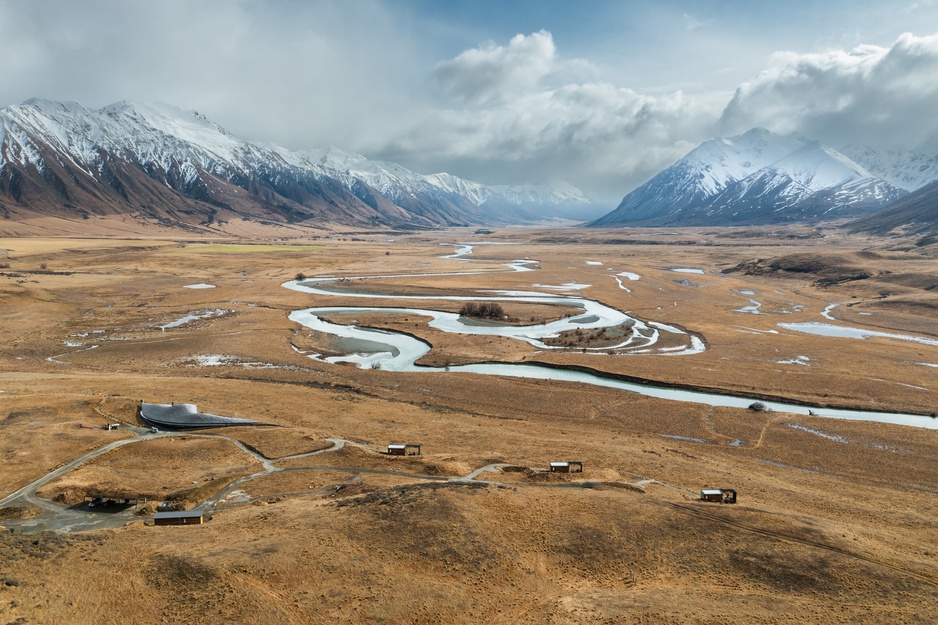
The Ahuriri Valley occupies a dramatic corner of New Zealand's South Island, where rugged mountain country meets wetlands and native beech forest. Within it lies the 49,000-hectare Ahuriri Conservation Park, carved over millennia by glacial waters that once raged through here. The valley takes its name from Tu Ahuriri, a Ngāi Tahu chief, and Māori once used it as a route to the West Coast for collecting pounamu (greenstone), though they preferred the easier path over Lindis Pass.
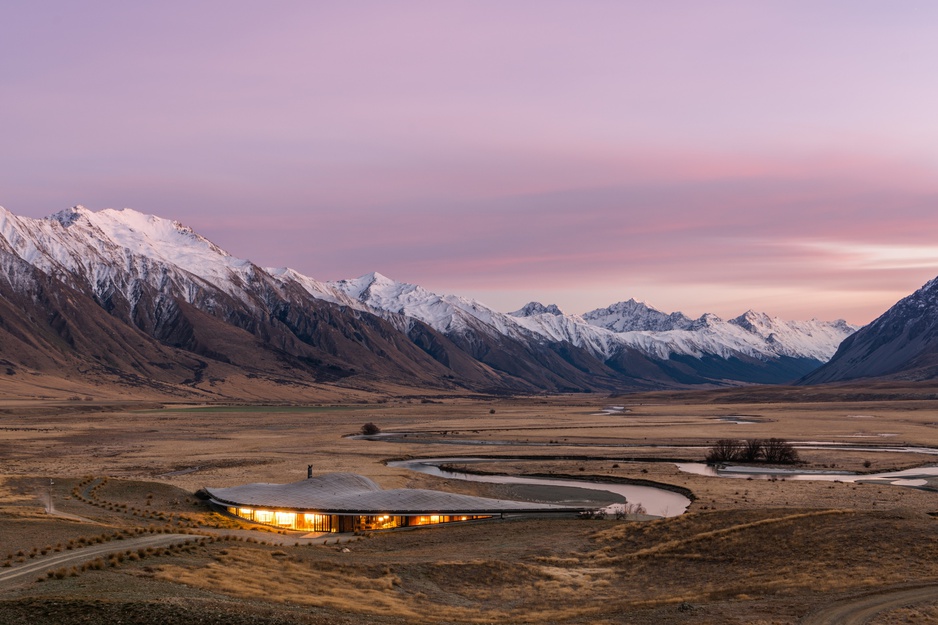
Ben Avon Station, where The Lindis sits, dates back to the 1890s. The original homestead was built in 1883, the woolshed arrived in the early 1870s, and the property has survived rabbit plagues, catastrophic snowstorms, and land tenure reviews that eventually reduced it from 25,000 acres to its current 6,500. Today it maintains a deliberately low stocking rate – 3,000 merino sheep and 100 Angus cattle – to keep the high country environment in balance.
The Architecture: A Roof That Ripples Like the Land Beneath It
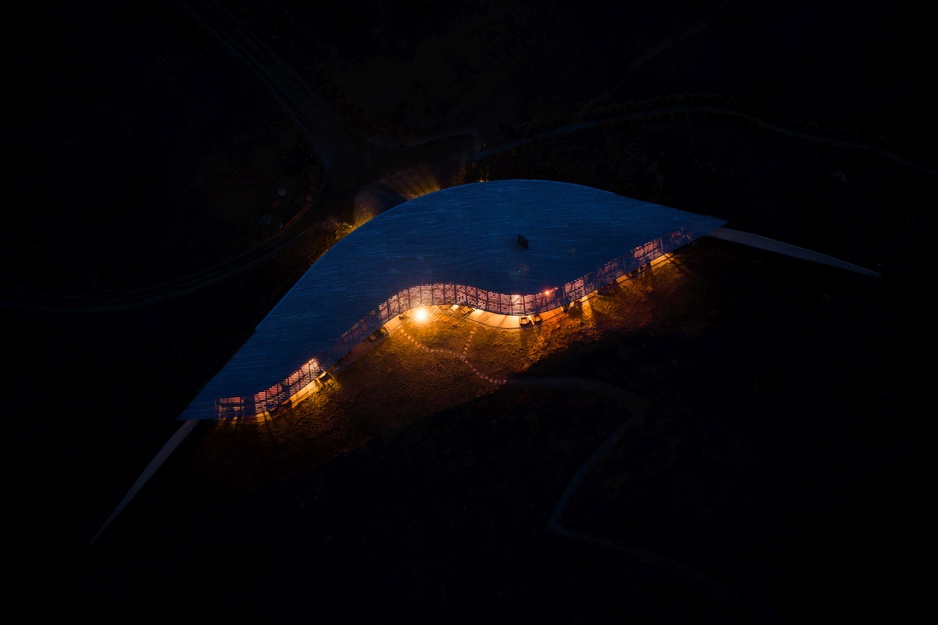
Architecture Workshop, led by Christopher Kelly (who previously worked with Renzo Piano on projects including the Kansai Air Terminal), designed The Lindis to disappear. The 670-square-meter building lies flat against the valley floor, its roof constructed from screw-laminated spotted gum hardwood lamellae and steel girders that create a wave-like canopy echoing the surrounding moraines. Architect Alistair Cattanach developed the parametric roof contours after building a full-scale prototype, inventing the screw-laminated fabrication technique specifically for this project.
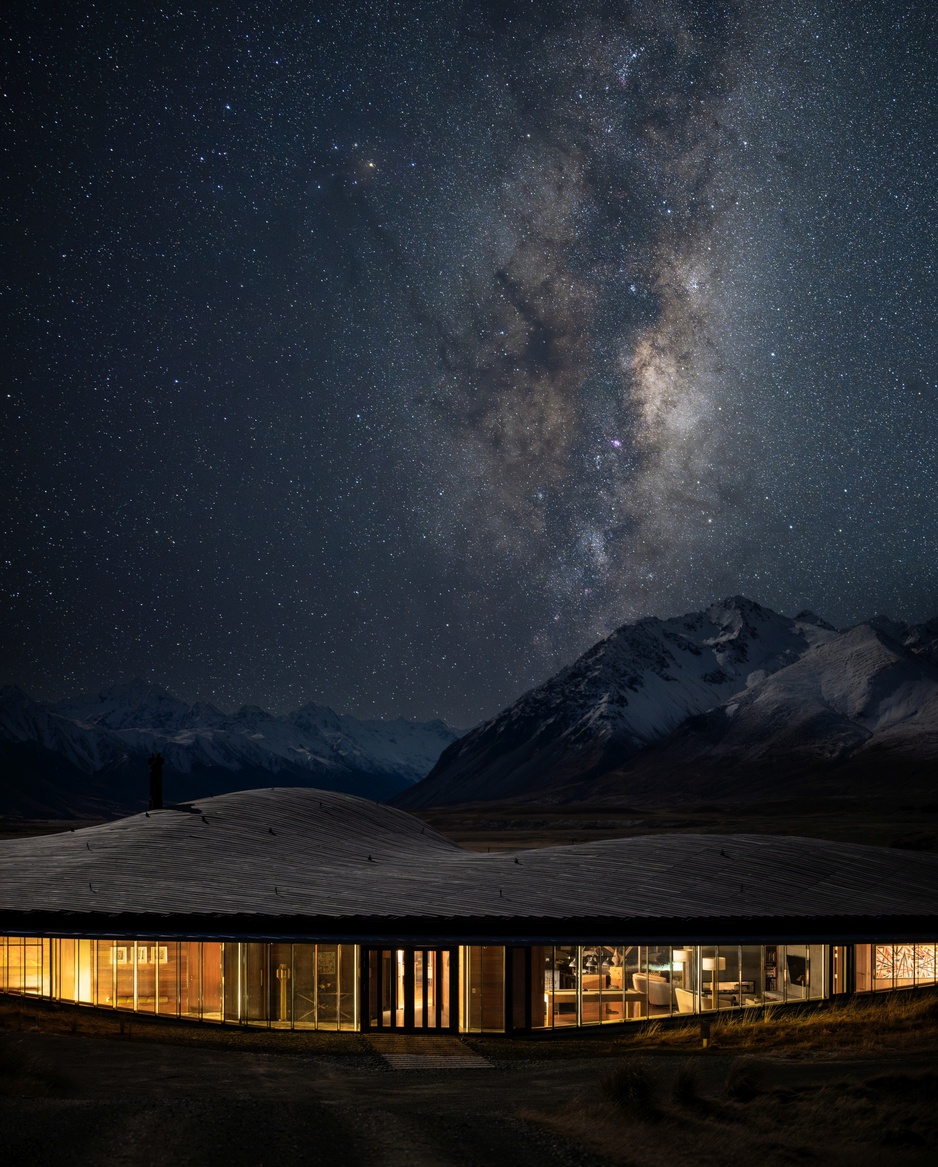
The design won the Overall Supreme Award at the 2020 NZ Wood Design Awards, an NZIA Architecture Award for Hospitality, and recognition at the World Architecture Festival 2019. The structure functions as what the architects call "a new ground" – a constructed topography that adds another fold to the existing glacial landscape. Inside, you move between heavy, embedded elements with low black ceilings and soaring timber spaces that hover protectively over the riverside edge.
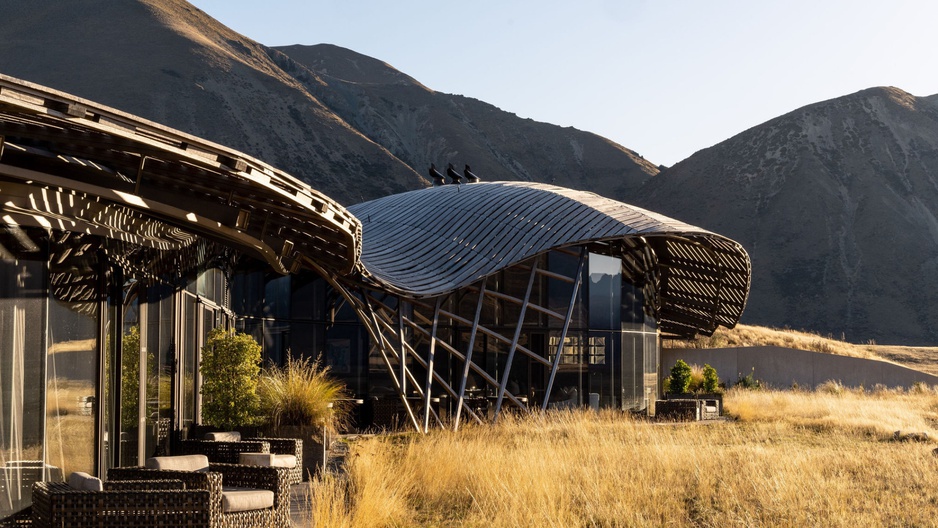
The building tackles extreme conditions head-on. Temperatures swing from above 35°C in summer to minus 16°C in winter, with regular severe winds. A geothermal heat pump system handles heating and hot water, backed up by LPG gas condensing boilers. The roof incorporates R6.0 insulation beneath an airtight membrane, while the riverside facades feature low-E double glazing with thermally broken frames. Water comes from an on-site bore and rainwater harvesting system, and all wastewater goes to a biodegradable treatment plant.
The Main Lodge and Dining
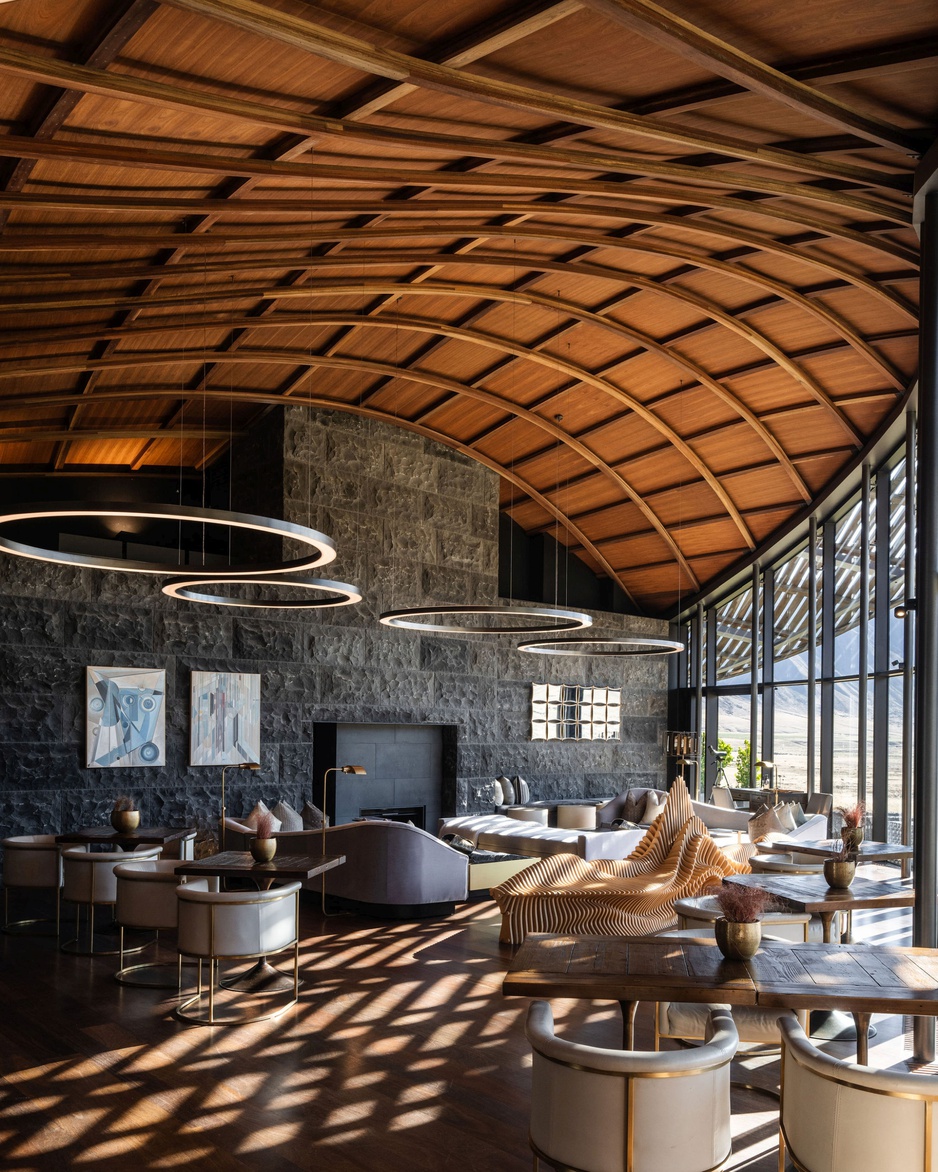
Photo by Joe Thomas
Spotted gum wood paneling and bluestone masonry run throughout the interior, reflecting the tones of the valley outside. The Great Hall serves as the dining room, with a bar, lounge areas, a games room, and a billiards room branching off from the main space. Every stay includes daily breakfast, light lunch, pre-dinner drinks and canapés, and a multi-course dinner.
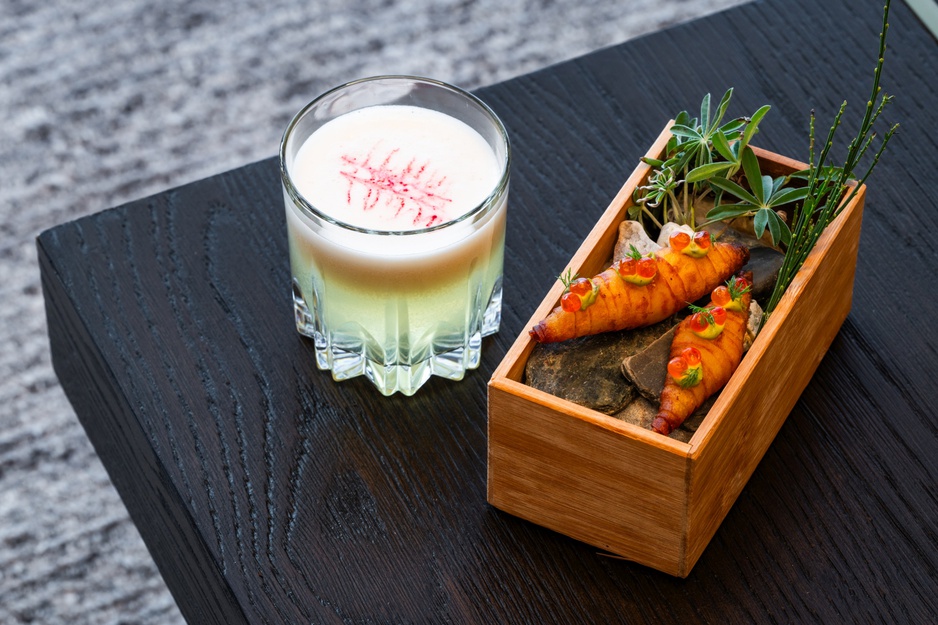
The kitchen sources almost everything locally or from the property's own garden. You'll find foraged porcini mushrooms, wild Fiordland venison, Te Mana lamb, and Aoraki alpine salmon on the menu – contemporary takes on seasonal New Zealand ingredients paired with carefully selected local and international wines. The approach is simple: let the landscape express itself through what grows and lives here.
The Suites: Fireplaces and Floor-to-Ceiling Views
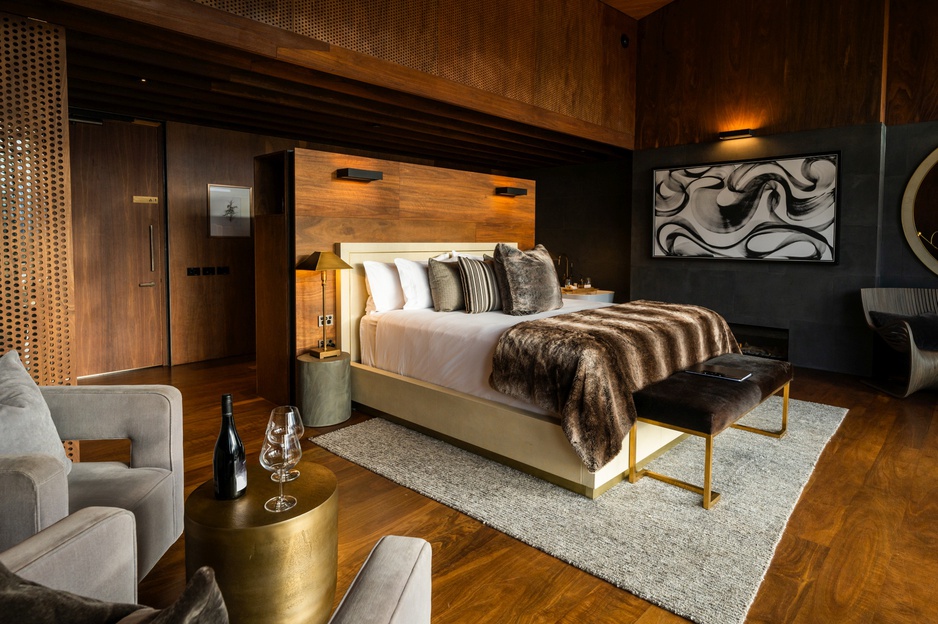
The two master suites, Ben Avon and Dalrachney, are the most spacious rooms in the lodge. Both feature super king-size beds, double-sided gas fireplaces, luxurious bathtubs, and sweeping valley views from indoor and outdoor seating areas. The spotted gum paneling and bluestone masonry continue here, along with high-quality linens, toiletries, and fully stocked minibars.
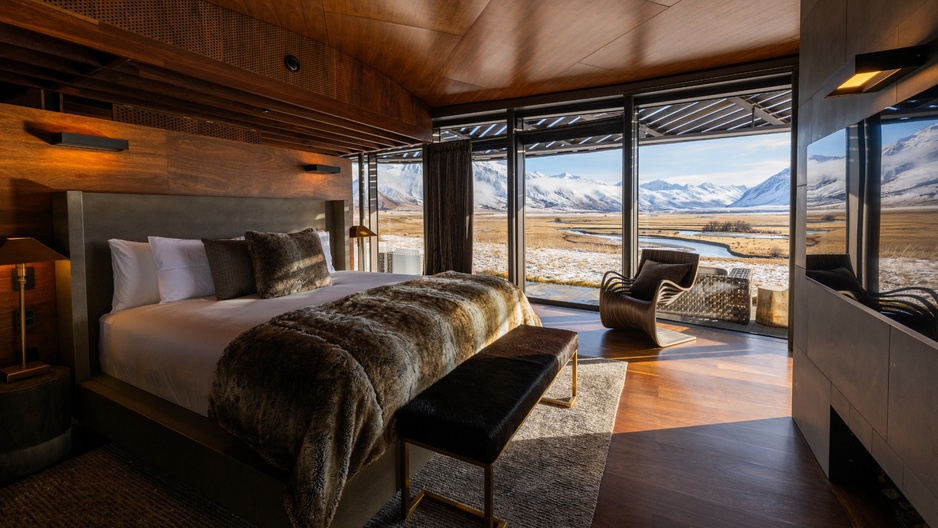
Three lodge suites – Longslip, Birchwood, and Ribbonwood – offer a similar setup in slightly smaller footprints. Each has an ensuite, private indoor and outdoor seating, a gas fireplace, and a super king-size bed. Floor-to-ceiling windows maintain that uninterrupted connection to the high country.
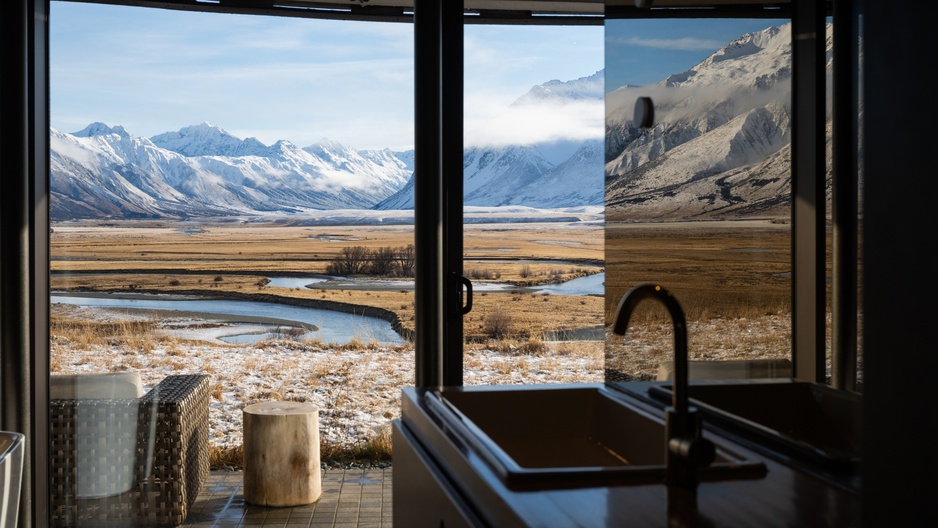
All accommodation includes daily breakfast, light lunch on stayover days, pre-dinner drinks and canapés, dinner, turndown service, and minibar access.
The Pods: Mirrored Boxes That Vanish Into Thin Air
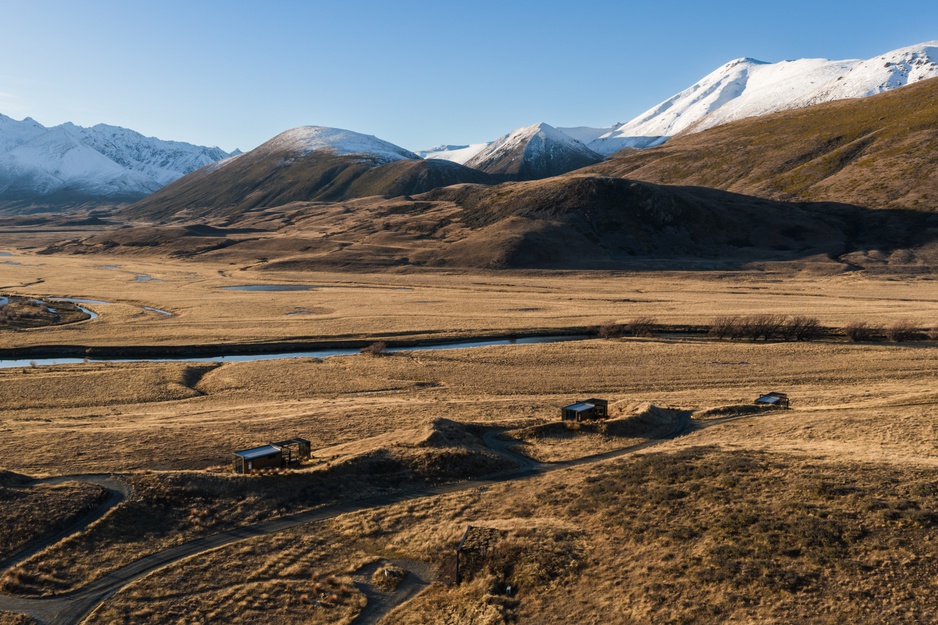
The three glass pods sit slightly removed from the main lodge, each one a compact 18-square-meter structure clad in mirrored glass panels on three sides.
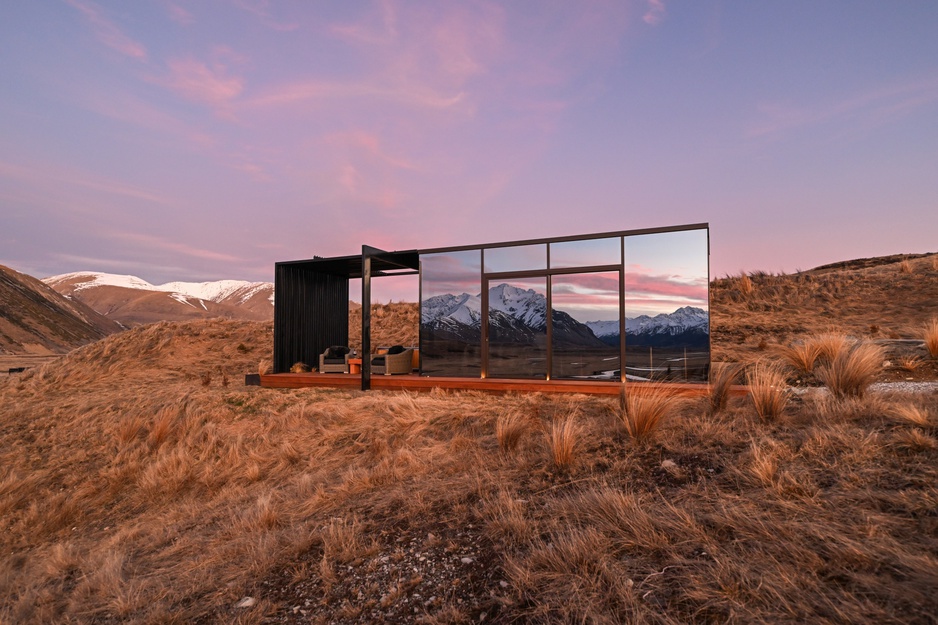
The mirrored exterior makes them nearly invisible against the landscape, while inside you get an ensuite, king-size bed, private bathtub, outdoor sitting area, and premium linens and toiletries.
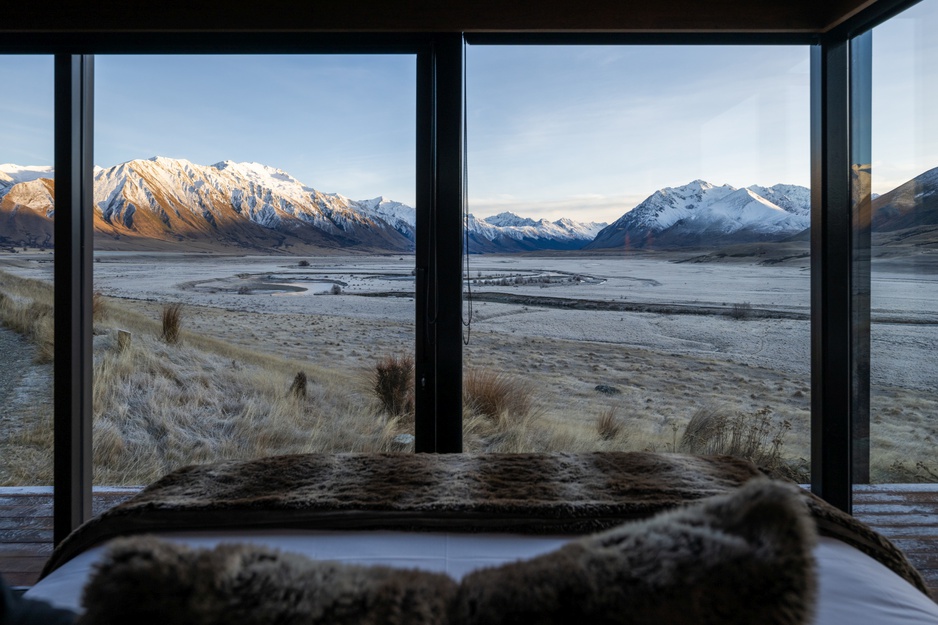
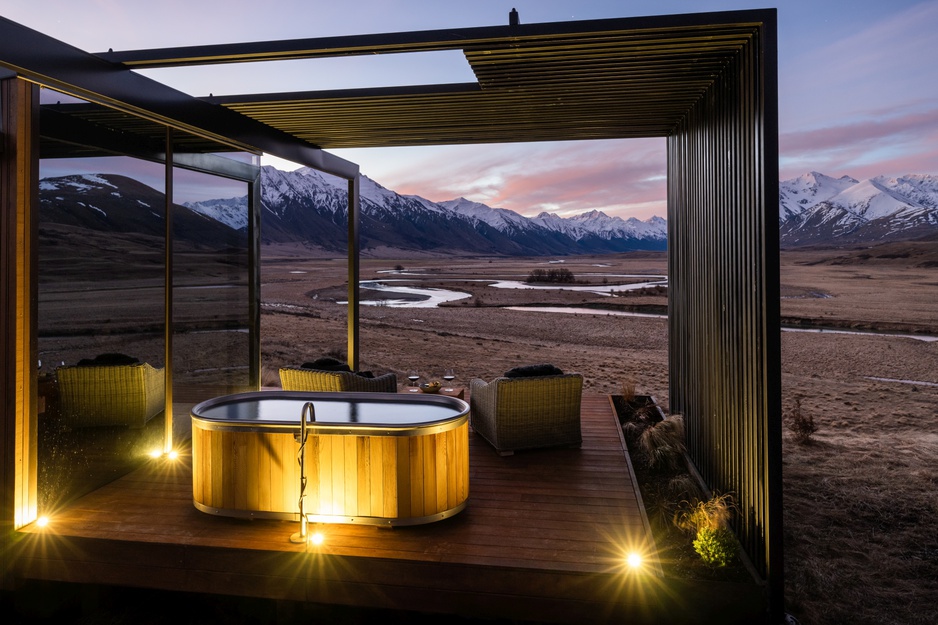
The real draw: an outdoor hot tub on your private terrace. Fill it after dark, and you can soak under some of the clearest night skies in the world while the valley transforms around you.
The Black Diamond: Champagne in the Wilderness
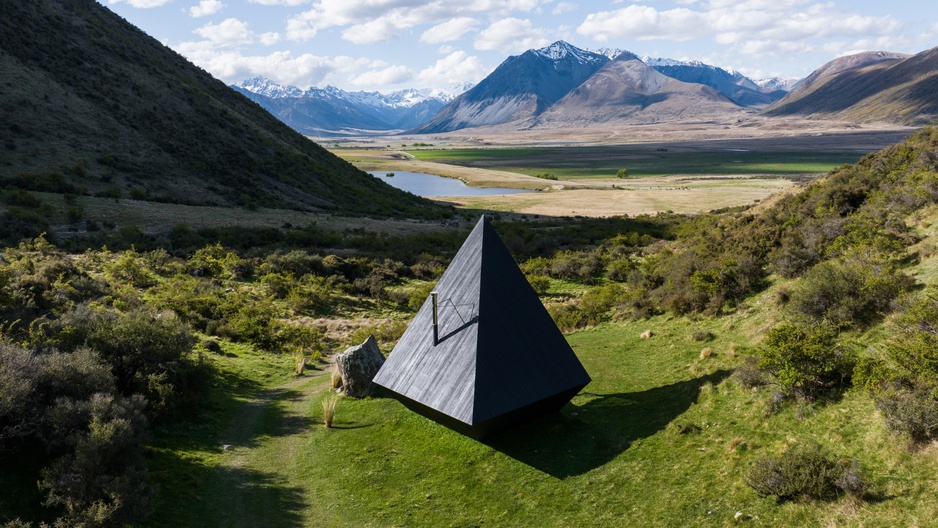
This private dining experience happens in a remote spot in the valley, starting with Louis Roederer Champagne and continuing with a three-course barbecue prepared by your private chef.
The views stretch uninterrupted across the Ahuriri Valley. If you want the full immersion, you can arrive on horseback via a one-hour guided trek through the valley.
The Communal Hot Tub
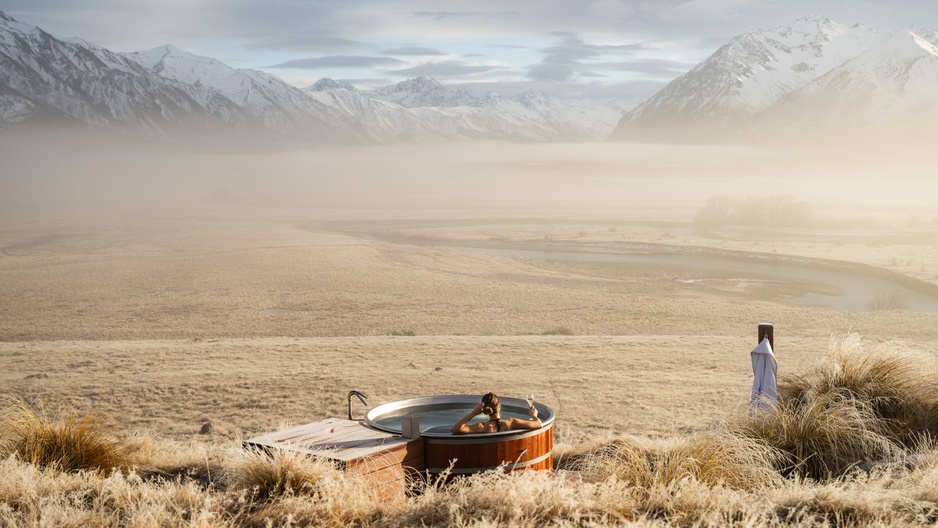
Every guest can use the shared hot tub, though you'll need to tell staff four to five hours in advance so they can heat it up. It sits near the main lodge with views across the property.
Activities: What to Do in 6,000 Acres
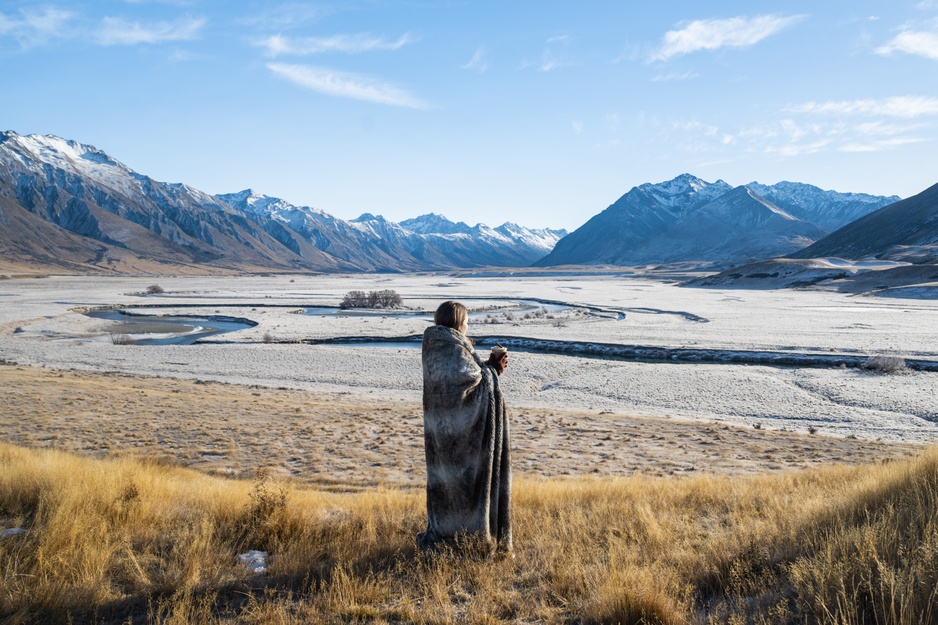
The Ahuriri Valley and Ben Avon Station offer enough to keep you busy without leaving the property. The Ahuriri River runs right in front of the lodge – it's one of the world's top fly-fishing destinations for trout. The lodge staff can coordinate excursions tailored to your interests and abilities, whether you want gentle exploration or more demanding terrain. With 6,000 acres of working farmland, native beech forests, wetlands, and subalpine herb fields to explore, plus some of the clearest night skies in the world overhead, there's range here for different speeds and styles of adventure.
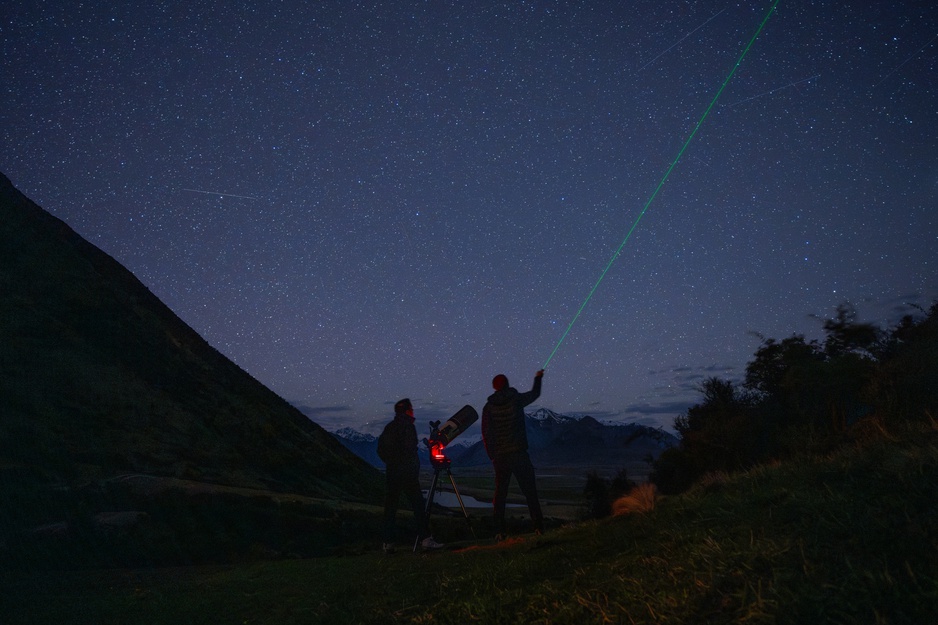
Stargazing Tour
A private guide takes you to a dark spot in the valley where you'll identify stars, star clusters, and both Greek and Māori constellations, plus learn ancient celestial navigation techniques. Then you'll look through a telescope at deep sky objects and planets. The Ahuriri Valley's remoteness means virtually no light pollution – you're seeing stars that most people never will. The lodge recommends booking this during winter months when the skies are clearest.
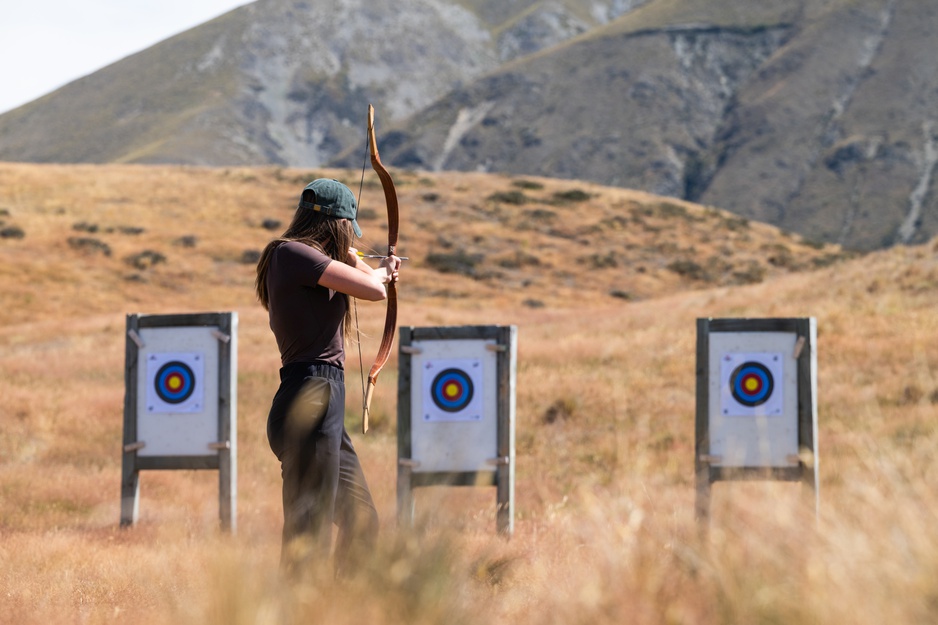
Mongolian Archery
The Mongolian bow range sits a short walk from the lodge. No formal instruction mentioned – just you, the bows, and your aim.
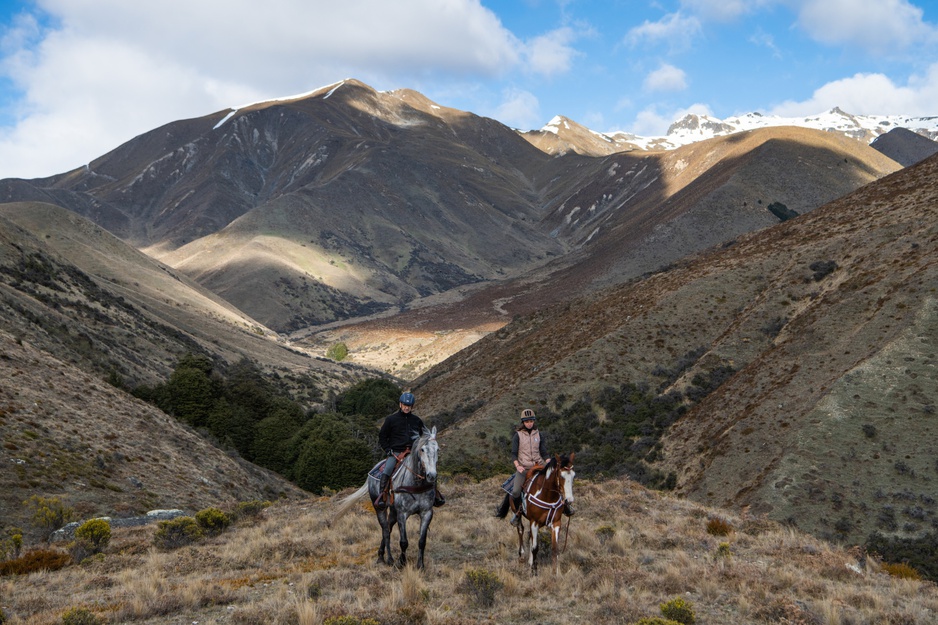
Horse Trekking: Three rides through high country
The 14-bay stables house 12 horses and one foal. Three treks cater to different skill levels. The beginner Birch Stream ride (one hour) leaves from the stables, passes the historic woolshed and Ben Avon dam, then crosses Birch Stream with a couple of river crossings. The intermediate Beech Forest trek (two hours) climbs uphill through native beech forest into subalpine herb fields. The advanced Amphitheater ride (three hours) follows the Ben Avon dam through surrounding paddocks to reach the Amphitheater, an impressive rock formation carved by time, then returns along the river edge or drops you directly at the lodge.
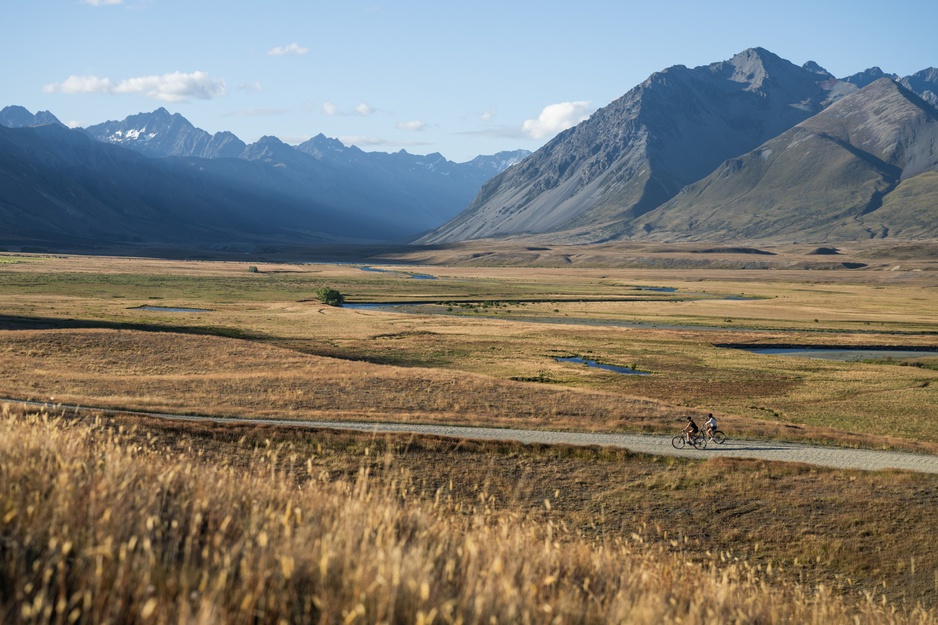
E-Biking
The lodge keeps electric bikes for exploring Ben Avon Station and the broader Ahuriri Valley. The electric assist means you can cover more ground than on foot, whether you want to ride the flats for scenery or tackle off-road terrain. The Birchwood Ride covers roughly seven kilometers from the lodge to the old Birchwood homestead, passing wetlands where you can look for plants and wildlife. The Upper Ahuriri Ride requires a vehicle drop-off at the end of Birchwood Road, then five kilometers through tussock to Shamrock Hut. You can push another six kilometers to Hagens Hut if you're up for river crossings, though you'll need a guide for that section.
1490 Birchwood Road, Ahuriri Valley 9412, New Zealand

